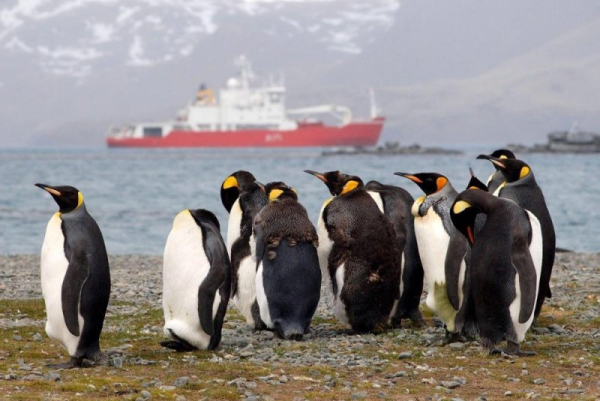
A team of researchers from Chile has carried out the first complete genome sequencing of the H5N1 virus detected in Antarctic birds.
The work, carried out in collaboration with the University of Chile and the country's Antarctic Institute, was published in the journal Emerging Infectious Diseases, under the auspices of the US Centers for Disease Control. This achievement was a key step in the study of pathogens on the icy continent.
Analysis of samples taken from skuas and terns provides valuable data for studying the evolutionary processes of the virus and assessing the risks of its transmission between different biological species.
Decoding the genetic code of the pathogen made it possible to establish that it belongs to a strain that previously circulated in South America.
“The genetic study of this virus in the unique environmental conditions of Antarctica helps to understand the characteristics of its spread in fragile ecosystems with extreme climates,” explained Victor Neira, a professor at the University of Chile’s Faculty of Veterinary Medicine who is involved in the project.
Comparative analysis revealed a close genetic relationship with samples obtained from seagulls and seals on South Georgia Island, supporting the hypothesis that the virus was transferred from the South American region to Antarctic latitudes.
Experts note that the discovery highlights the importance of international monitoring of epidemiological threats. Adaptation of the pathogen to new host species in an unfamiliar environment increases the likelihood of dangerous mutations that can affect the health of humans and animals.
The scientists emphasize that their work makes a significant contribution to the study of biological diversity and the assessment of environmental risks in the Antarctic zone.
The H5N1 virus's breakthrough through natural barriers in late 2023 began its spread across Antarctica, where the infection had not previously been recorded.
The first infected skuas were recorded on South Georgia, and by 2024-2025 the pathogen had spread across the Antarctic Peninsula and the Weddell Sea, affecting penguins, cormorants, gulls, and pinnipeds such as seals and elephant seals.
Expedition data indicate the detection of about 200 infected individuals of 13 different species in more than two dozen locations. These facts confirm the scale of the epidemic and its danger to the vulnerable ecosystems of the region.
Sourse: www.upi.com





